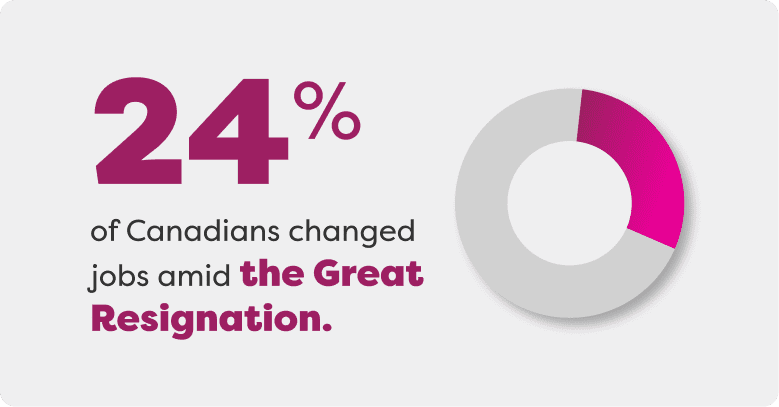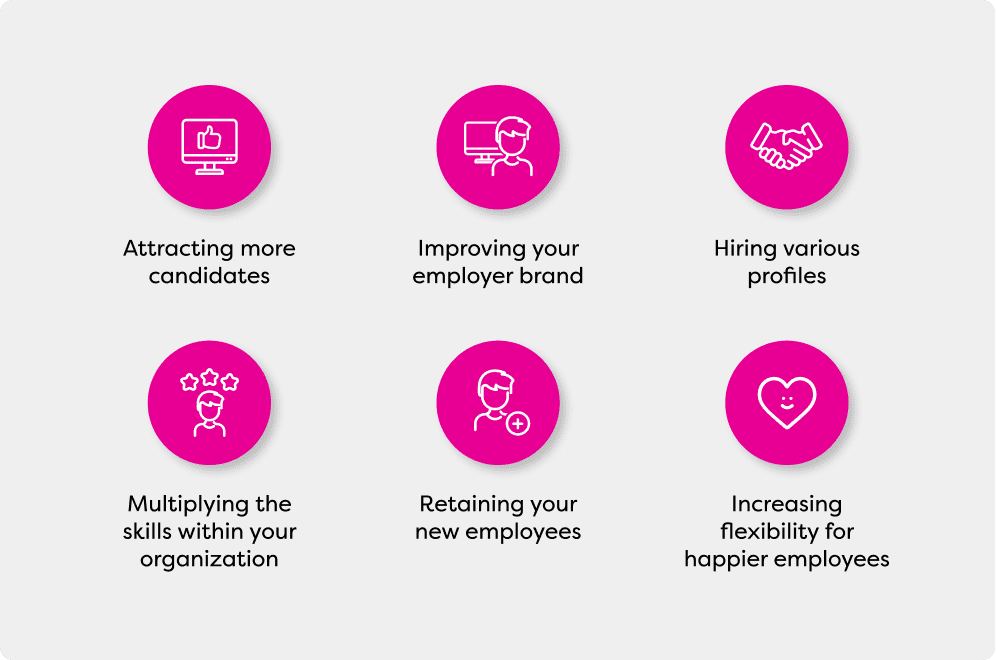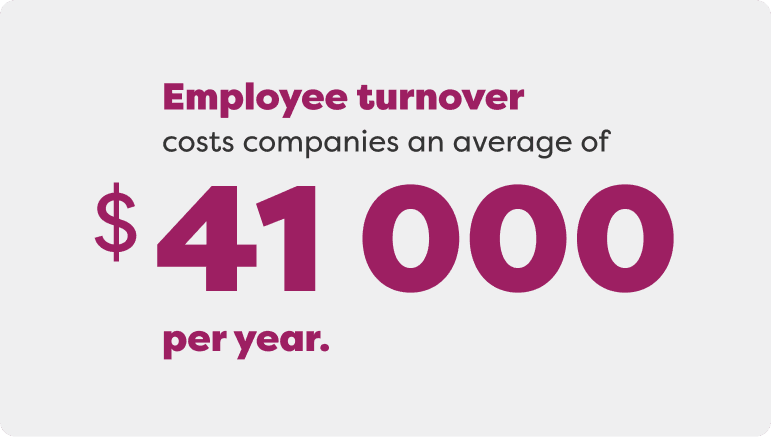We have heard about or even experienced firsthand the changes induced by the pandemic, including the Great Resignation and mass layoffs.
While many employees looked for more fulfilling, flexible and rewarding jobs, others saw their positions abruptly disappearing as companies tried to keep their heads above water.
What do these two groups of job seekers have in common? First, they are valuable assets for companies that are struggling to find skilled workers. Second, they need to be retrained as they discover new jobs and new industries.
Read on to discover what retraining is and why you should implement retraining plans in your company!
Retraining vs. Reskilling vs. Upskilling
Retraining means training people on new subjects and tasks. It comes into play when you’re hiring new employees coming from different professional backgrounds.
Reskilling, on the other hand, means retraining workers for slightly different positions within your company.
As for upskilling, it focuses on teaching new hard skills (using new software, for example) to current employees.
While all three initiatives are essential for your organization, here is why you should pay attention to retraining in 2023!

Why You Should Consider Retraining in Your Company
24% of Canadians changed jobs amid the Great Resignation. At the same time, employee turnover increased, costing companies an average of $41,000 per year, and the labor shortage continues to be a burning issue in many industries.
Retraining initiatives provide a solution to these problems by offering candidates who do not meet all the skill requirements for a position the possibility of being taught the job within their new company.
For instance, if you’re wasting valuable time and resources recruiting for a marketing position, you might want to scale down your expectations. During hire interviews, you will be able to identify the skills candidates need to acquire and determine if they can be taught during onboarding training. They will be happy to know they can grow in their new company, where training opportunities are taken seriously.

Benefits for Your Organization
An efficient retraining program will bring many benefits to your company, namely:
- Filling long-vacant positions;
- Meeting candidates’ expectations;
- Improving your employer brand;
- Hiring various profiles;
- Multiplying the skills within your organization;
- Retaining your new employees with training and career development opportunities;
- Increasing flexibility for happier employees.
Convinced yet? Then let’s discover how you can build an efficient retraining program, one step at a time!
How to Build an Efficient Retraining Program
1) Update your job offers
First, potential candidates need to know that your company offers retraining opportunities. Updating your job offers accordingly will help you attract candidates who still need to meet all the qualifications for the position.
You can even create social media posts promoting retraining for increased visibility.
2) Identify your candidates’ retraining needs
During your interviews with candidates, make sure that you identify which skill they lack to prepare your retraining plan according to their needs. Tell them about your retraining program to stir up their interest.
Also, take the time to discover the existing skills they can bring to your company. You might be pleasantly surprised!
3) Build an effective retraining plan
Did you know that managers are 20% more satisfied with employees who have received formal onboarding training? Onboarding statistics show that training should be one of the main focuses of your onboarding plan, especially if you’re retraining new employees for a position. Here are the essential steps to create an efficient plan:
- Set your retraining budget;
- Identify your new hire’s needs and retraining goals;
- Determine the duration of the retraining program;
- Choose an onboarding buddy and onboarding supervisors;
- Gather training resources, particularly e-learning onboarding materials;
- Prepare a training schedule;
- Pick a date to assess your new employee (probation evaluation).
While these steps might sound straightforward, they can be time-consuming and difficult to implement. Therefore, consider dematerializing your training process with training tools.
4) Use a Learning Management System (LMS)
Building retraining programs is time-consuming, and so are training courses themselves.
Implementing an LMS in your company is the best way to gain time and increase training efficiency.
You’ll no longer have to look for external resources to train your employees, and your staff will be able to be trained from a distance. LMS are also essential tools for your hybrid and remote workers.
Furthermore, you will ensure that employees benefit from homogeneous courses, thus streamlining your entire training process.
5) Evaluate your success with performance reviews
Now that your retraining process is complete, it is time to ensure it was successful. Effective performance management is the best way to ensure that your employees are properly trained during their onboarding.
Remember to prepare for their performance reviews and schedule several performance meetings during their first months at the company.

6) Promote ongoing training
While retraining new hires is a great initiative, both for your organization and your staff, more general training opportunities should be the backbone of your HR processes.
Your current employees deserve development opportunities, and ongoing training strategies will increase employee engagement and productivity levels.
7) Reap the benefits!
Now that you’ve cleared all the steps of your retraining program, it’s time to visualize the benefits it brought to your company.
A Human Resources Information System (HRIS) will help you calculate training costs and track employee performance over time.
Furthermore, Key Performance Indicators will give you a clear view of employee retention and turnover rates, giving your company the strategic boost it needs to face every HR challenge ahead.
2024 is the year for optimizing your training process!
Calculate training costs and identify skill gaps with Folks HR:

